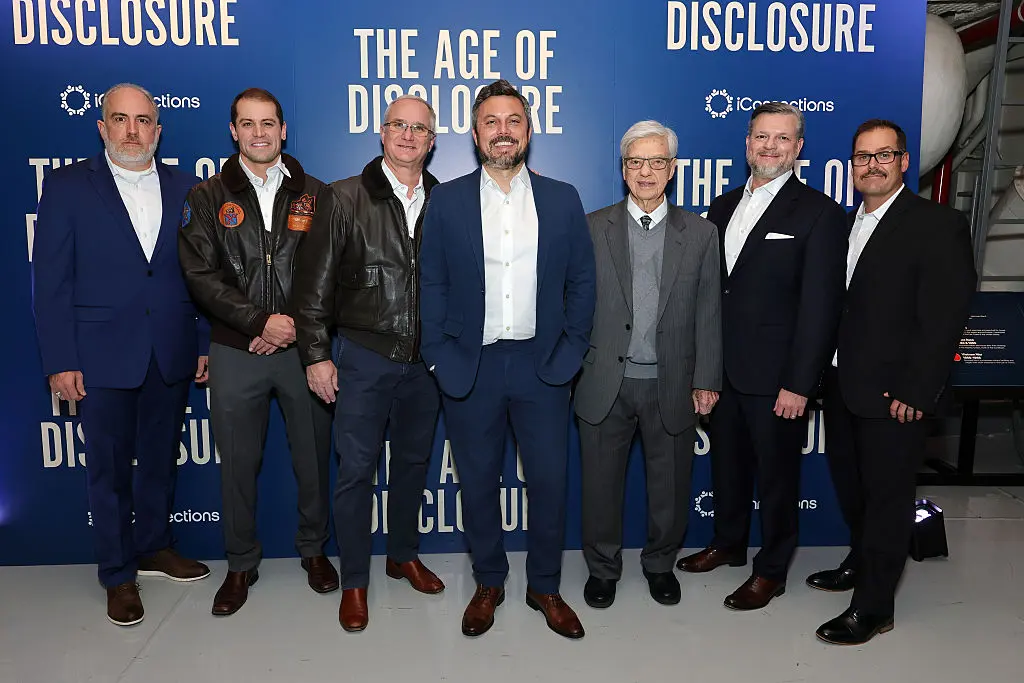You know someone is important when the Disney mouse licenses clips and likenesses for their documentary produced outside of and completely independent of the Magic Kingdom. Animator-storyman Floyd Norman has that kind of stature in the business.
Although Norman is an officially recognized “Disney Legend,” he has had a complicated relationship with the Disney company, but that never diminishes his pride in the work he did there. The beloved animator takes stock of his career and speaks his mind throughout Michael Fiore and Erik Sharkey’s "Floyd Norman: An Animated Life.”
It is easy to see why Norman is considered a legend.



